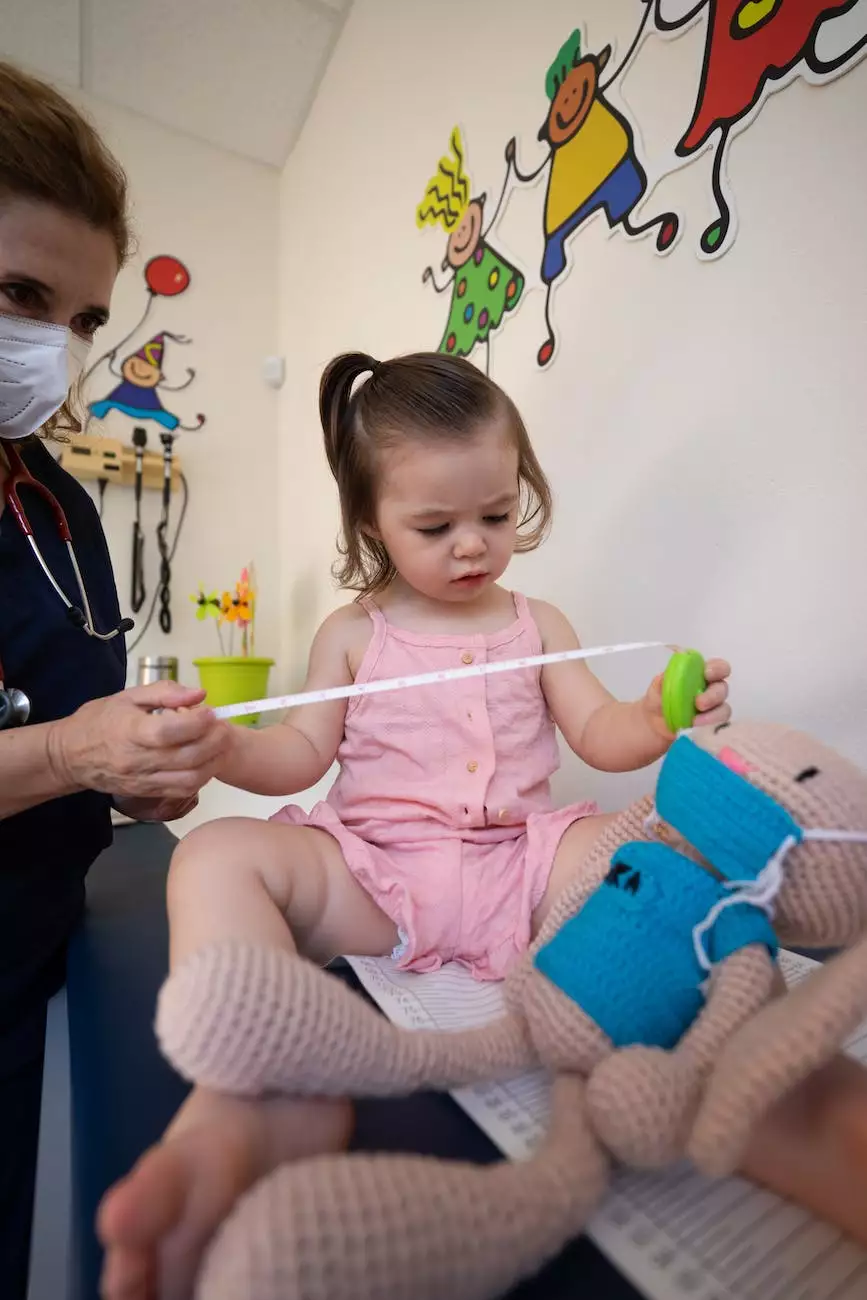Ehlers-Danlos Syndrome (EDS)

Understanding Ehlers-Danlos Syndrome (EDS)
Ehlers-Danlos Syndrome (EDS) is a group of inherited connective tissue disorders that affect the body's ability to produce strong and flexible collagen, which is crucial for providing structural support to various tissues and organs. As a result, individuals with EDS may experience a wide range of symptoms affecting their skin, joints, blood vessels, and other systems.
Types of Ehlers-Danlos Syndrome
There are several types of EDS, each with its own unique set of symptoms and genetic causes. The most commonly recognized types include:
- Classical Ehlers-Danlos Syndrome (cEDS)
- Hypermobility Ehlers-Danlos Syndrome (hEDS)
- Vascular Ehlers-Danlos Syndrome (vEDS)
- Kyphoscoliotic Ehlers-Danlos Syndrome (kEDS)
- Arthrochalasia Ehlers-Danlos Syndrome (aEDS)
- Dermatosparaxis Ehlers-Danlos Syndrome (dEDS)
Your healthcare provider will conduct a thorough evaluation to determine the specific type of EDS you may have, as well as to devise an appropriate treatment plan tailored to your needs.
Signs and Symptoms
The signs and symptoms of Ehlers-Danlos Syndrome can vary greatly among individuals, even within the same type. Some of the common symptoms may include:
- Joint hypermobility or instability
- Frequent joint dislocations or subluxations
- Skin that is stretchy, fragile, or bruises easily
- Chronic pain in the joints and muscles
- Easy scarring
- Abnormal scarring (keloids)
- Fatigue and muscle weakness
- Cardiovascular issues
- Gastrointestinal problems
Causes and Genetics
Ehlers-Danlos Syndrome is primarily caused by genetic mutations affecting the production and structure of collagen in the body. The specific genes involved can vary depending on the type of EDS. Many of these genetic changes are inherited, meaning they can be passed down from parents to their children.
It is important to note that EDS can also arise from spontaneous mutations, meaning it may occur in individuals without a family history of the condition. Research is ongoing to further understand the underlying genetics and potential contributing factors.
Diagnosis and Diagnostic Criteria
Diagnosing Ehlers-Danlos Syndrome requires a comprehensive evaluation by a healthcare professional who specializes in connective tissue disorders. Your doctor will typically conduct a thorough physical examination, review your medical history, and consider your symptoms.
In addition, specific diagnostic criteria, such as those outlined in the International Classification for Ehlers-Danlos Syndromes (ICEDS), may be utilized to aid in the diagnosis. This can involve assessing skin hyperextensibility, joint hypermobility, tissue fragility, and other relevant features.
Treatment and Management
While there is currently no cure for Ehlers-Danlos Syndrome, treatment focuses on managing symptoms and improving overall quality of life. The approach may vary depending on the type and severity of EDS, as well as individual needs. Some common treatment options include:
- Physical therapy to improve joint stability and strengthen muscles
- Pain management techniques, such as medications and alternative therapies
- Braces or orthotics to provide additional support
- Genetic counseling for individuals and families
- Monitoring for potential complications, such as cardiovascular issues
- Support from healthcare professionals, support groups, and community resources
Living with EDS
Living with Ehlers-Danlos Syndrome can present unique challenges, but with the right support and management strategies, individuals with EDS can lead fulfilling lives. It is important to work closely with your healthcare team to create an individualized care plan and to adopt healthy lifestyle choices that prioritize self-care and overall well-being.
Conclusion
At Foley James D MD, we prioritize providing comprehensive information and support for individuals with Ehlers-Danlos Syndrome. We understand the complexities and impact of this condition on daily life and are dedicated to helping you navigate your journey. Reach out to us to learn more about our services and how we can support you.









